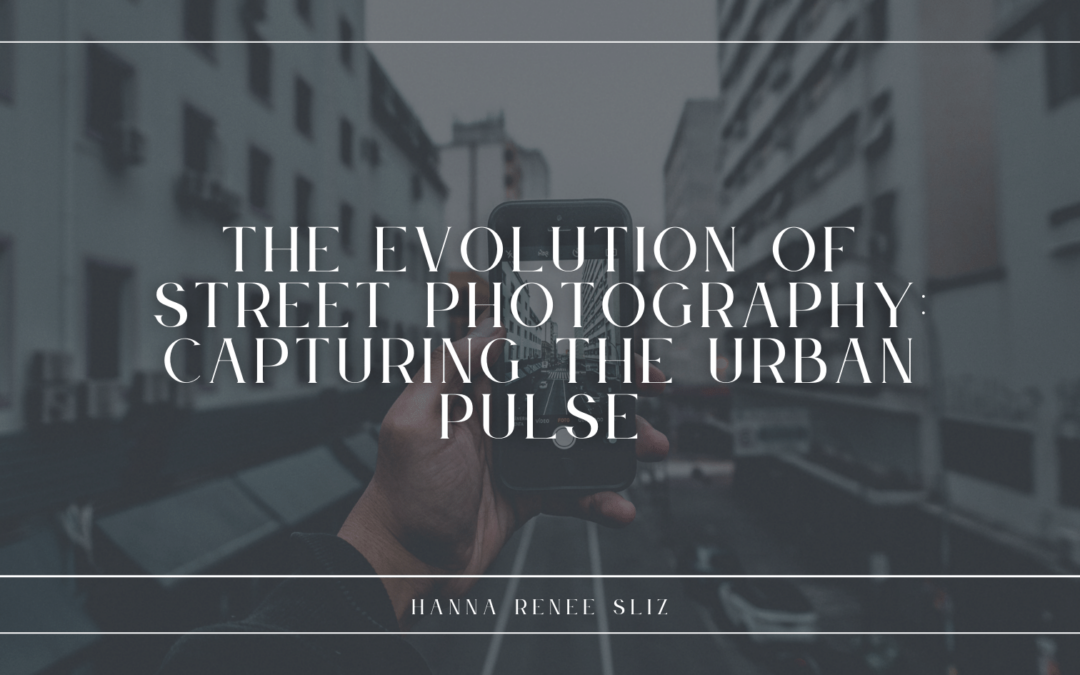Street photography, an art form that captures the essence of human experiences and the dynamics of urban landscapes, has evolved significantly since its inception. This evolution reflects changes in society, technology, and artistic expression, offering a mirror to the ever-changing urban pulse.
From Candid Beginnings to a Cultural Chronicle
The roots of street photography go back to the late 19th and early 20th centuries, with pioneers like Eugène Atget and Henri Cartier-Bresson. These photographers captured candid moments of everyday life, laying the foundation for street photography as a tool for documenting the social and cultural contexts of their time.
The Influence of Technological Advances
The advent of portable cameras, particularly the Leica 35mm in the 1920s, revolutionized street photography by allowing for more spontaneous and candid shots. This advancement in technology allowed photographers to seamlessly blend in with their surroundings, capturing life unfolding without intrusion.
The Shift Towards Personal Narratives
In the latter half of the 20th century, street photography began to shift from purely documentary to a form of personal expression. Photographers like Diane Arbus and Garry Winogrand explored the streets with a more subjective eye, seeking to tell stories and convey emotions through their captures. This period marked a significant shift towards seeing street photography as an art form that could express the photographer’s perspective and voice.
The Digital Age and Global Perspectives
Social media and technology have had a significant impact on street photography. Digital cameras and smartphones have democratized the genre, enabling more people to participate and share their work globally. This has led to a proliferation of diverse perspectives and styles, showcasing the universal yet unique nature of urban life around the world.
The Future of Street Photography
As we look to the future, street photography continues to evolve, reflecting changes in society, technology, and the way we interact with our urban environments. It remains a powerful medium for capturing the fleeting moments of city life, offering insights into the human condition and the societal shifts that shape our world.
Street photography, with its rich history and dynamic evolution, serves as a profound commentary on the human experience within the urban landscape. As technology and societal norms continue to evolve, the ways in which photographers capture the urban pulse will also change, ensuring that street photography remains relevant for generations to come.

